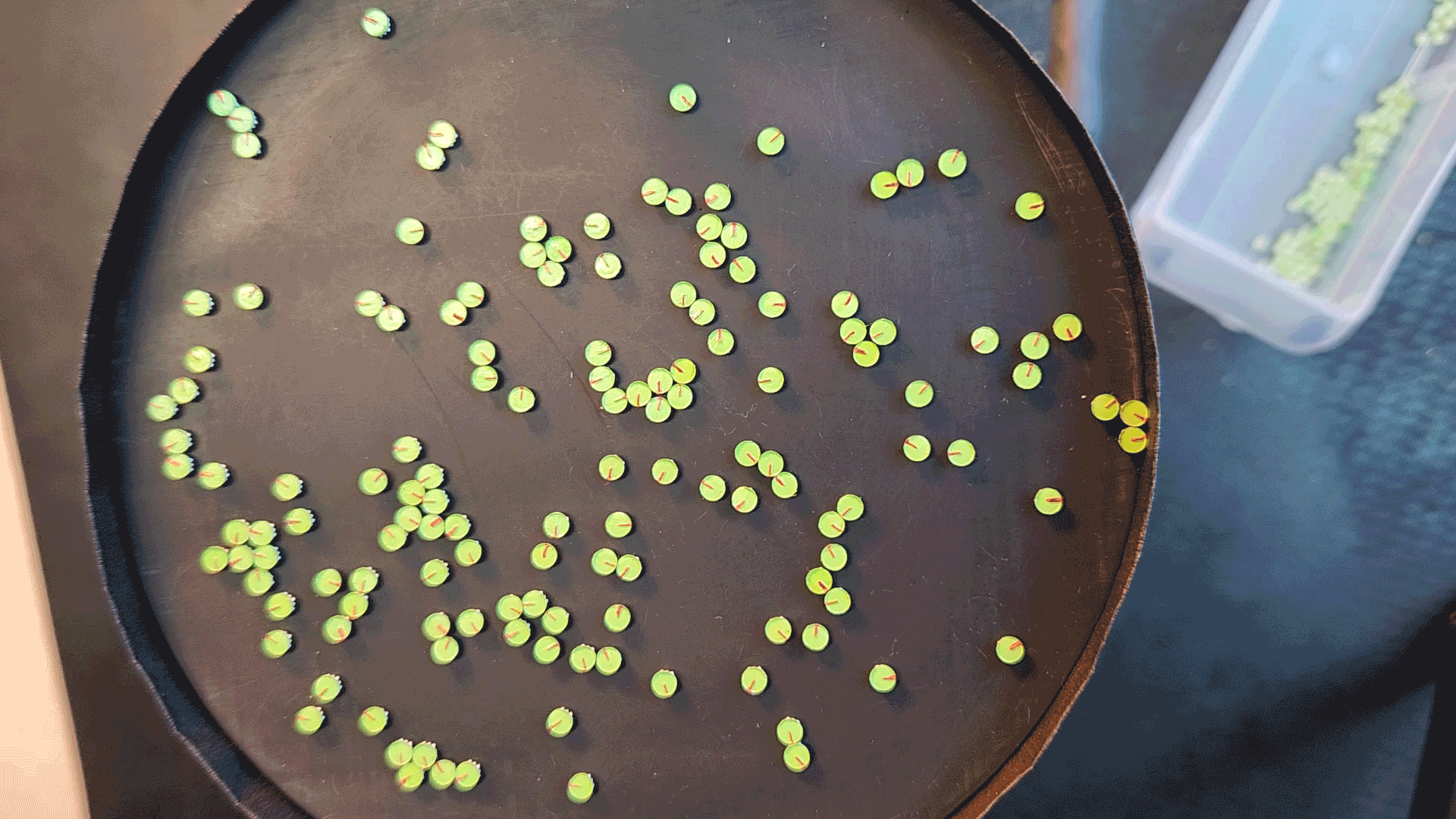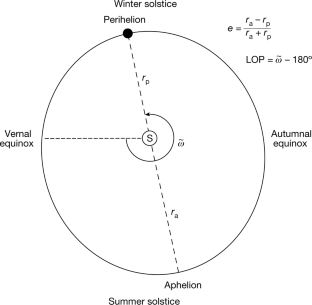2022-11-09 ジョージア工科大学
 How microbots swarm
How microbots swarm
大型のロボットでは、周囲の環境をセンシングし、そのデータを無線で互いに送信することで動きを制御できるが、マイクロボットは同じセンサーや通信、電源ユニットを搭載することができない。そこで研究者らは、ロボット同士の物理的な相互作用を利用して、ロボットの群れを形成させることに成功した。
運動特性は、マイクロボットの直線的な動きと回転のランダム性を決定する。研究者らは、振動を利用することで、これらの運動特性を制御し、運動性誘起相分離(MIPS)を実現することができた。研究者らは、振動のレベルを操作して、マイクロボットがクラスターを形成したり、分散して空間をうまくカバーしたりするよう影響を与えた。
このような相分離をよりよく理解するために、研究者らはコンピュータビジョンを用いて、300台のロボット群の計算モデルとライブトラッキングシステムを開発した。これにより、マイクロロボットの挙動や、群れの特徴を生み出す運動データの解析が可能になった。
<関連情報>
- https://research.gatech.edu/using-vibrations-control-swarm-tiny-robots
- https://ieeexplore.ieee.org/abstract/document/9835143
マイクロブリスルロボット群における衝突誘起凝集の制御 Controlling Collision-Induced Aggregations in a Swarm of Micro Bristle Robots
Zhijian Hao,Siddharth Mayya,Gennaro Notomista,Seth Hutchinson,Magnus Egerstedt,Azadeh Ansari
IEEE Transactions on Robotics Published:21 July 2022
DOI: 10.1109/TRO.2022.3189846
Abstract
Systematically designing local interaction rules to achieve collective behaviors in robot swarms is a challenging endeavor, especially in micro robots, where size restrictions imply severe sensing, communication, and computation limitations. In such robot swarms, performing useful functions is often preconditioned on the formation of high-density aggregations which can facilitate collective signaling and information sharing. In this article, we present a systematic approach to control aggregation behaviors by leveraging the physical interactions in a swarm of 300 3-mm vibration-driven micro bristle robots that we designed and fabricated. We demonstrate the ability to control the degree of aggregation by varying the motility characteristics of the robots through global vibration frequency and amplitude inputs, after comprehensive characterization, modeling, and simulation of the locomotion dynamics and robot interactions. To quantify the degree of aggregation, we also introduce a new metric, the motility-induced phase separation index index, which unlike many existing methods does not require a scenario-specific tuning of parameters. Our investigations reveal how physics-driven interaction mechanisms can be exploited to achieve desired behaviors in minimally equipped robot swarms and highlight the specific ways in which hardware and software developments aid in the achievement of collision-induced aggregations.




